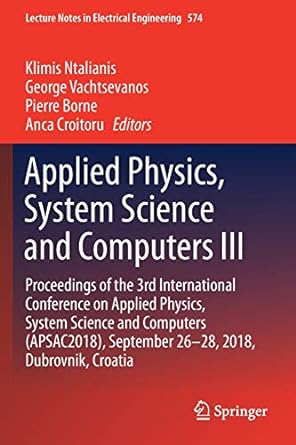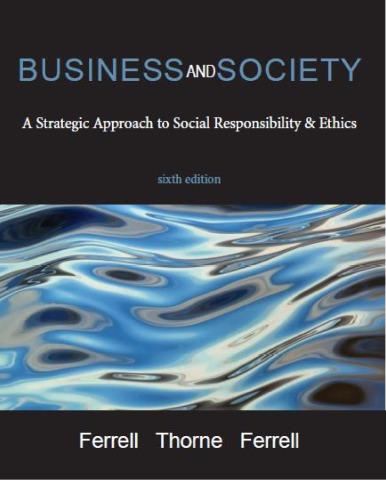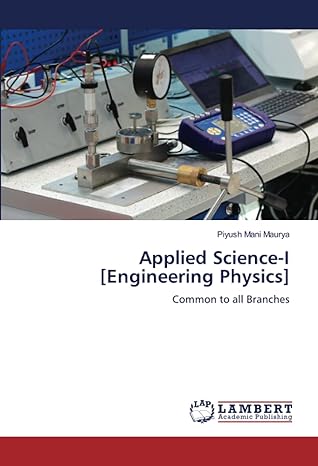Go back


Applied Physics System Science And Computers 3(1st Edition)
Authors:
Klimis Ntalianis ,George Vachtsevanos ,Pierre Borne ,Anca Croitoru

Cover Type:Hardcover
Condition:Used
In Stock
Shipment time
Expected shipping within 2 DaysPopular items with books
Access to 30 Million+ solutions
Free ✝
Ask 50 Questions from expert
AI-Powered Answers
✝ 7 days-trial
Total Price:
$0
List Price: $164.06
Savings: $164.06(100%)
Solution Manual Includes
Access to 30 Million+ solutions
Ask 50 Questions from expert
AI-Powered Answers
24/7 Tutor Help
Detailed solutions for Applied Physics System Science And Computers 3
Price:
$9.99
/month
Book details
ISBN: 3030215091, 978-3030215095
Book publisher: Springer
Get your hands on the best-selling book Applied Physics System Science And Computers 3 1st Edition for free. Feed your curiosity and let your imagination soar with the best stories coming out to you without hefty price tags. Browse SolutionInn to discover a treasure trove of fiction and non-fiction books where every page leads the reader to an undiscovered world. Start your literary adventure right away and also enjoy free shipping of these complimentary books to your door.
Book Summary: This book reports on advanced theories and methods in three related fields of research: applied physics, system science and computers. The first part covers applied physics topics, such as lasers and accelerators; fluid dynamics, optics and spectroscopy, among others. It also addresses astrophysics, security, and medical and biological physics. The second part focuses on advances in computers, such as those in the area of social networks, games, internet of things, deep learning models and more. The third part is especially related to systems science, covering swarm intelligence, smart cities, complexity and more. Advances in and application of computer communication, artificial intelligence, data analysis, simulation and modeling are also addressed. The book offers a collection of contributions presented at the 3nd International Conference on Applied Physics, System Science and Computers (APSAC), held in Dubrovnik, Croatia on September 26–28, 2018. Besides presenting new methods, it is also intended to promote collaborations between different communities working on related topics at the interface between physics, computer science and engineering.
Customers also bought these books
Frequently Bought Together
Top Reviews for Books
Abdullah alothman
( 5 )
"Delivery was considerably fast, and the book I received was in a good condition."










